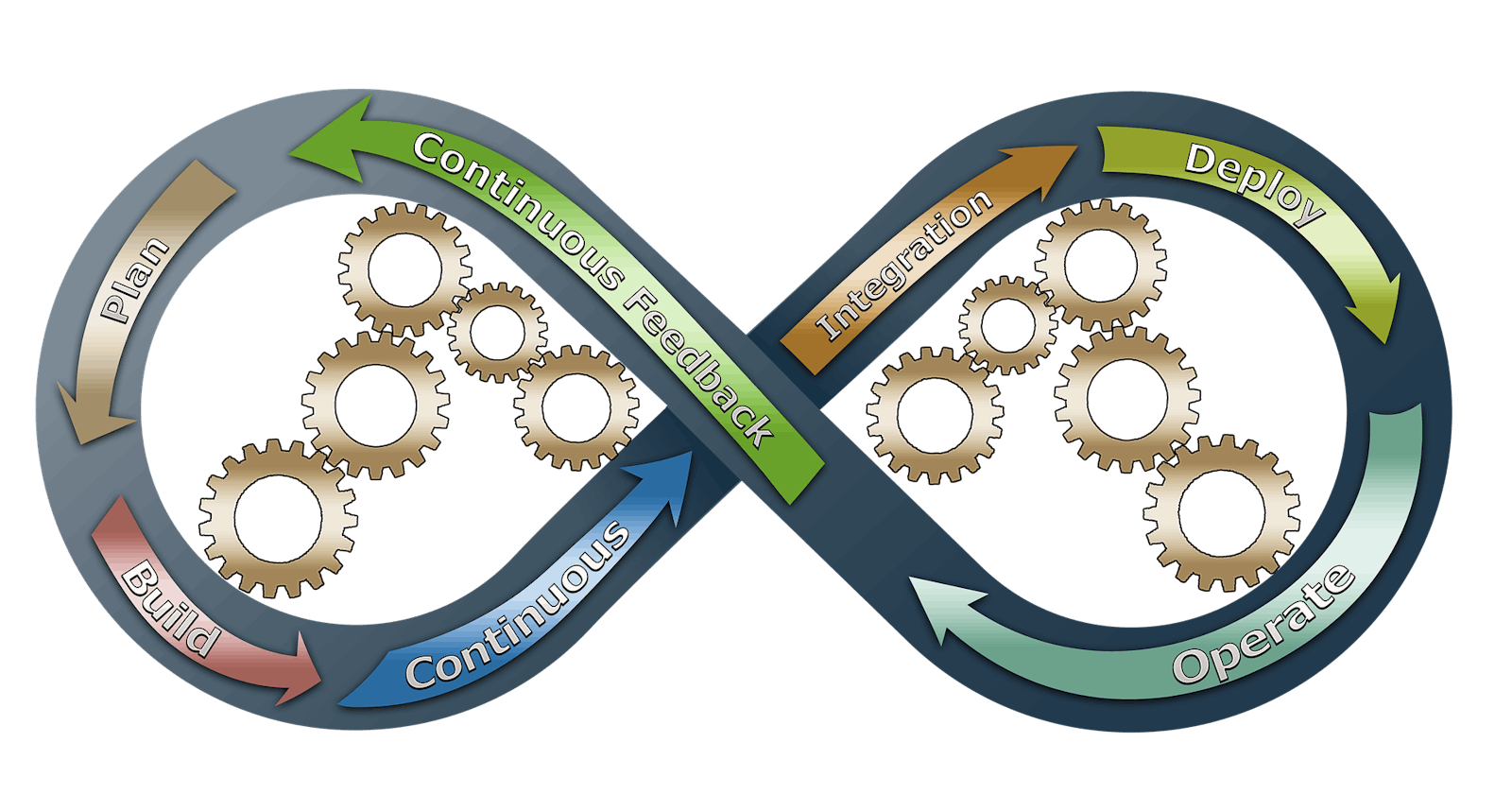Table of contents
No headings in the article.
DevOps is a methodology that combines software development (Dev) and information technology operations (Ops) to deliver high-quality software products and services faster and with greater efficiency. In the world of software development, the need to deliver new and improved products and services is constant. DevOps is a way of doing this more effectively, efficiently, and with less risk.
In this blog, we will cover what DevOps is, the benefits of adopting a DevOps culture, how to implement DevOps, and some of the best practices for implementing DevOps.
What is DevOps?
DevOps is a set of practices, philosophies, and tools that enable organizations to deliver software faster and more reliably. DevOps is not a specific technology or tool but rather a way of thinking and collaborating. DevOps combines the previously separate functions of software development and IT operations into a single, integrated process that spans the entire software development life cycle.
The goal of DevOps is to eliminate silos between software development and IT operations teams, which can slow down the development process and increase the risk of errors and defects. By bringing these two teams together, DevOps creates a culture of collaboration, continuous improvement, and rapid iteration.
Benefits of DevOps
There are several benefits to adopting a DevOps culture, including:
Faster Time to Market: DevOps enables organizations to release software faster and more frequently, which can give them a competitive advantage in the market.
Improved Collaboration: By breaking down silos between development and operations teams, DevOps promotes collaboration and communication, which can lead to better results and fewer mistakes.
Higher Quality: DevOps processes prioritize quality at every stage of the development process, leading to fewer bugs and defects in the final product.
Increased Efficiency: By automating many manual processes, DevOps can improve efficiency and reduce the time and cost required to deliver software.
Continuous Improvement: DevOps is a culture of continuous improvement, where teams are constantly looking for ways to optimize processes and deliver better results.
Implementing DevOps
Implementing DevOps is a complex process that requires a significant cultural shift within an organization. Here are some steps to follow when implementing DevOps:
Start with a Culture Change: DevOps is not just about technology; it's about changing the way people work together. A culture of collaboration, communication, and continuous improvement is essential to the success of DevOps. This culture shift should begin at the highest levels of the organization and filter down to every team member.
Automate Processes: Automation is a key component of DevOps. By automating manual processes, organizations can reduce the risk of errors and speed up the development process. Automation can be used to deploy code, test software, and manage infrastructure.
Use Agile Development Methods: Agile development methods, such as Scrum, can help teams work together more effectively and iterate quickly. Agile methods focus on delivering working software in small increments, which can help teams respond to feedback and make changes more quickly.
Implement Continuous Integration and Continuous Deployment (CI/CD): CI/CD is a key component of DevOps. CI/CD is a set of practices and tools that enable teams to deliver code changes more frequently and reliably. Continuous integration involves merging code changes into a central repository and automatically testing the code. Continuous deployment involves automatically deploying code changes to production.
Monitor Performance: Monitoring is critical to the success of DevOps. By monitoring the performance of the software in production, teams can identify and fix issues quickly. Monitoring can also provide valuable feedback to development teams, which can be used to improve future releases.
Thank you for reading my blog. Feel free to connect on Linkedin or Twitter Also, feel free to support my work by giving it a reaction.
